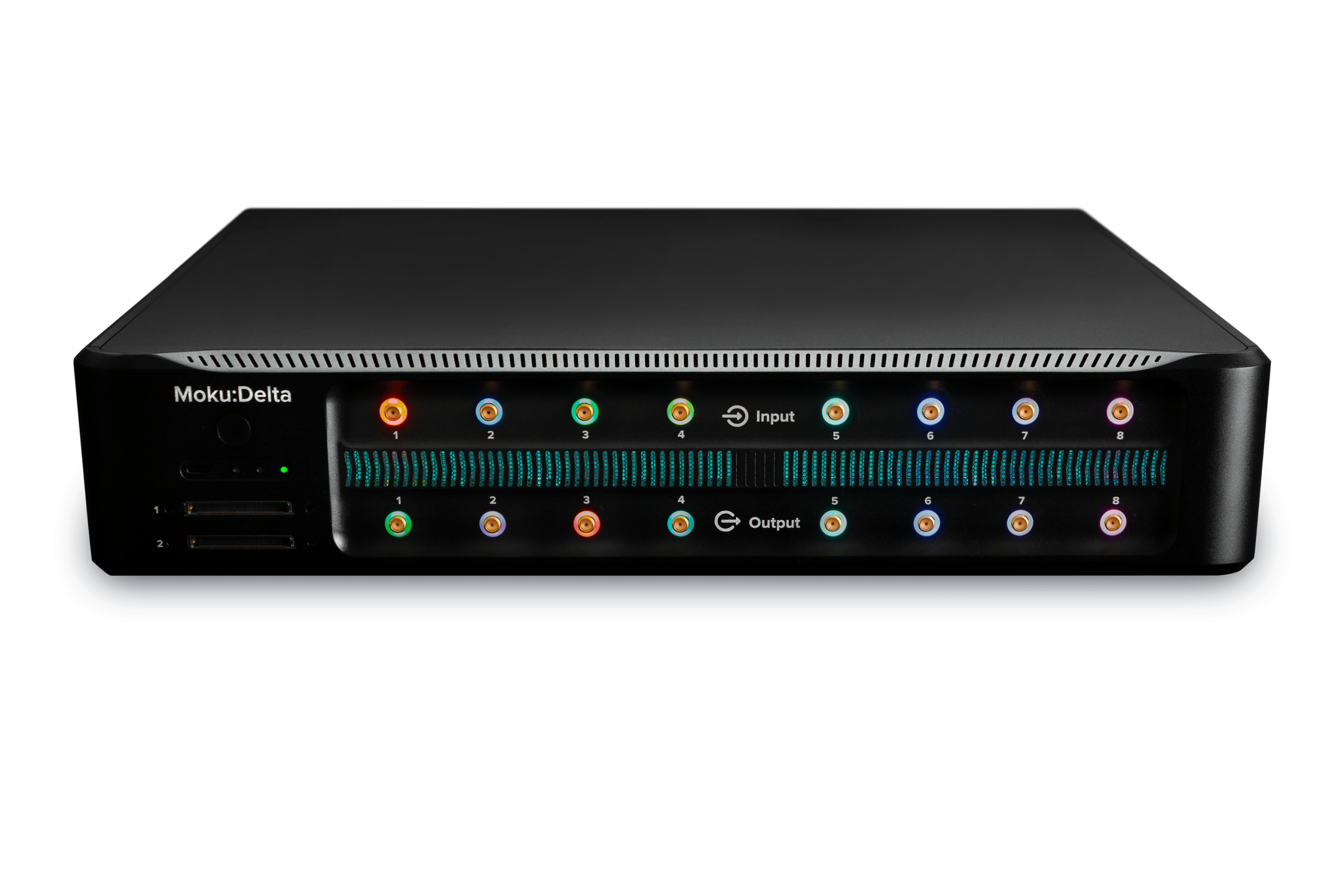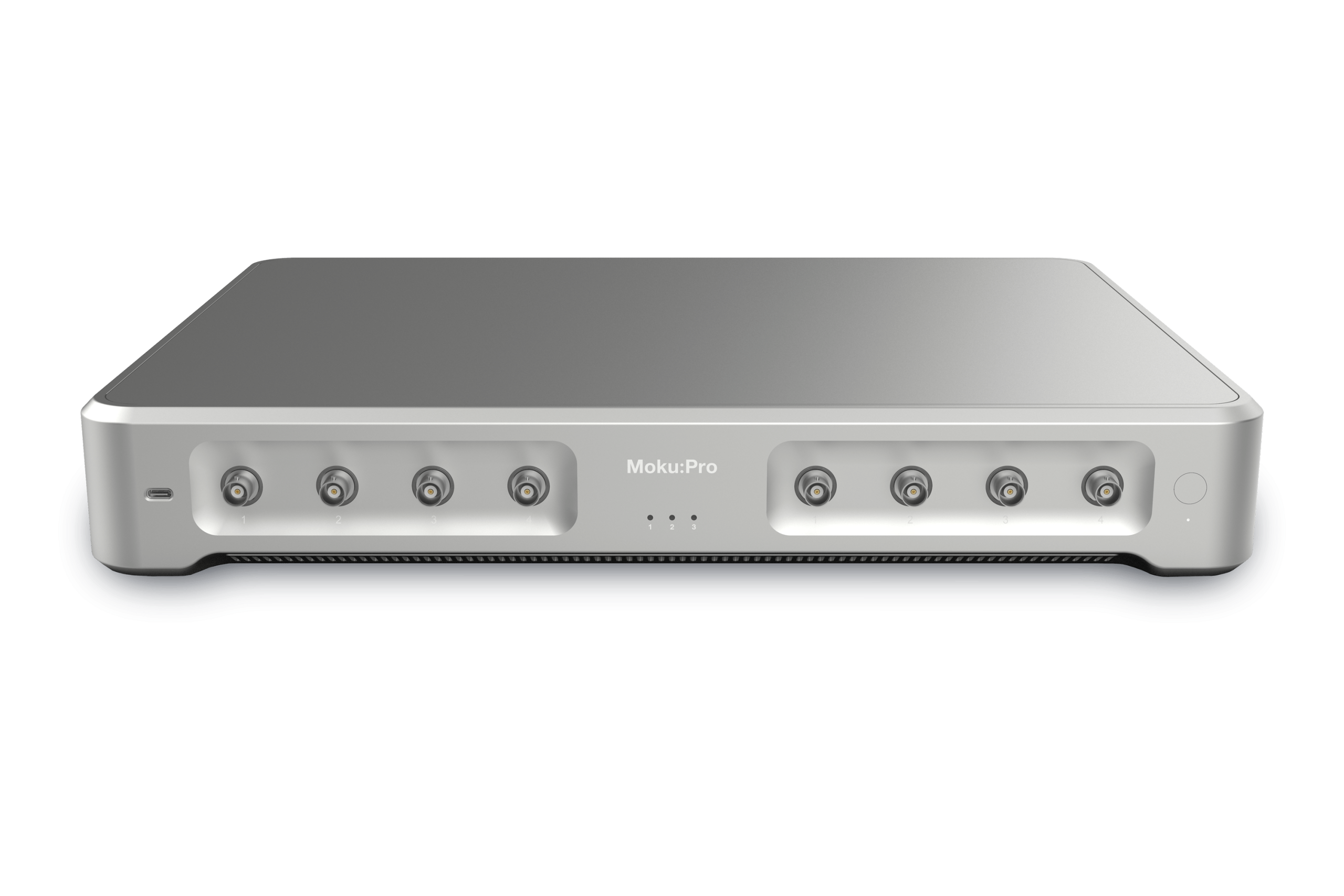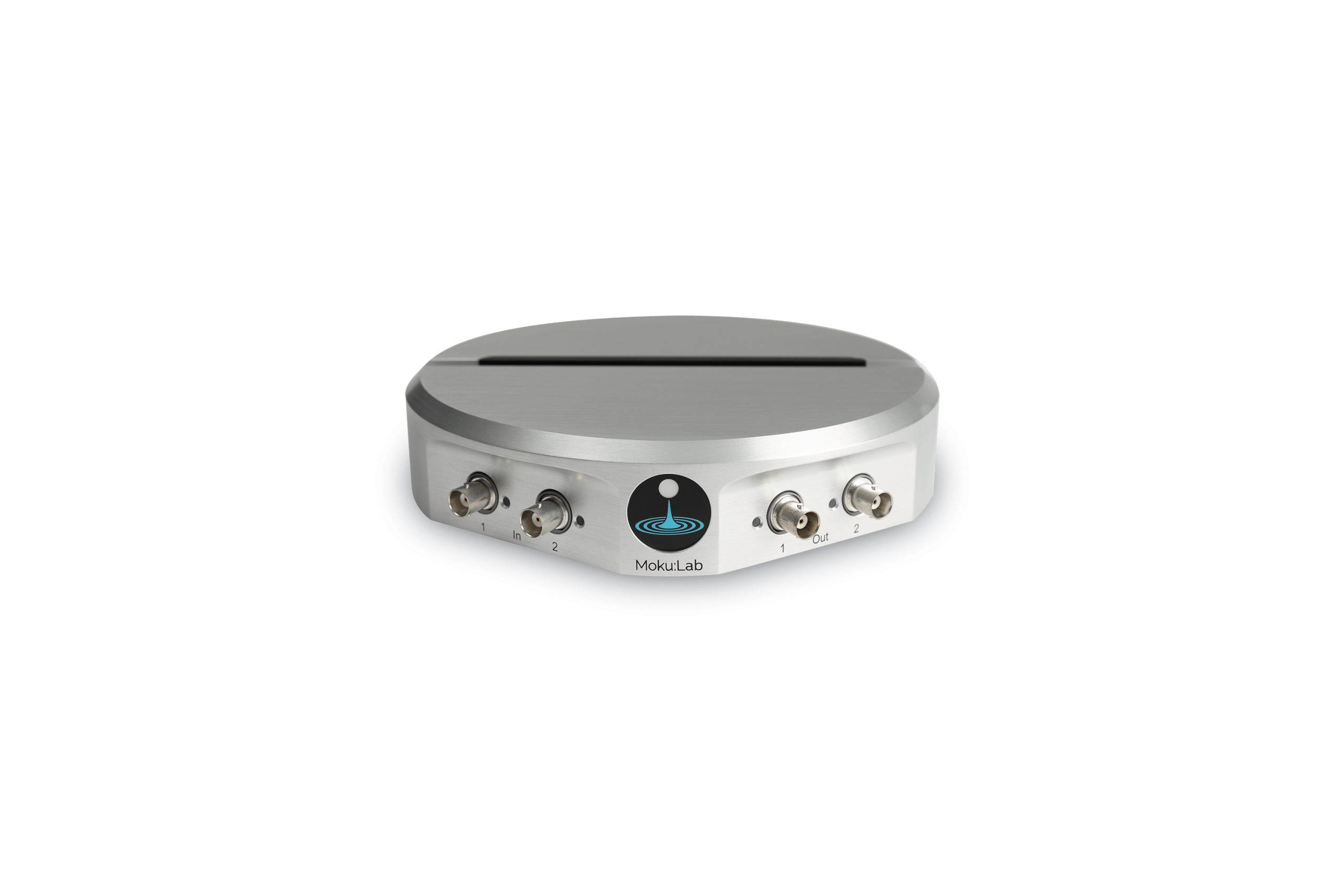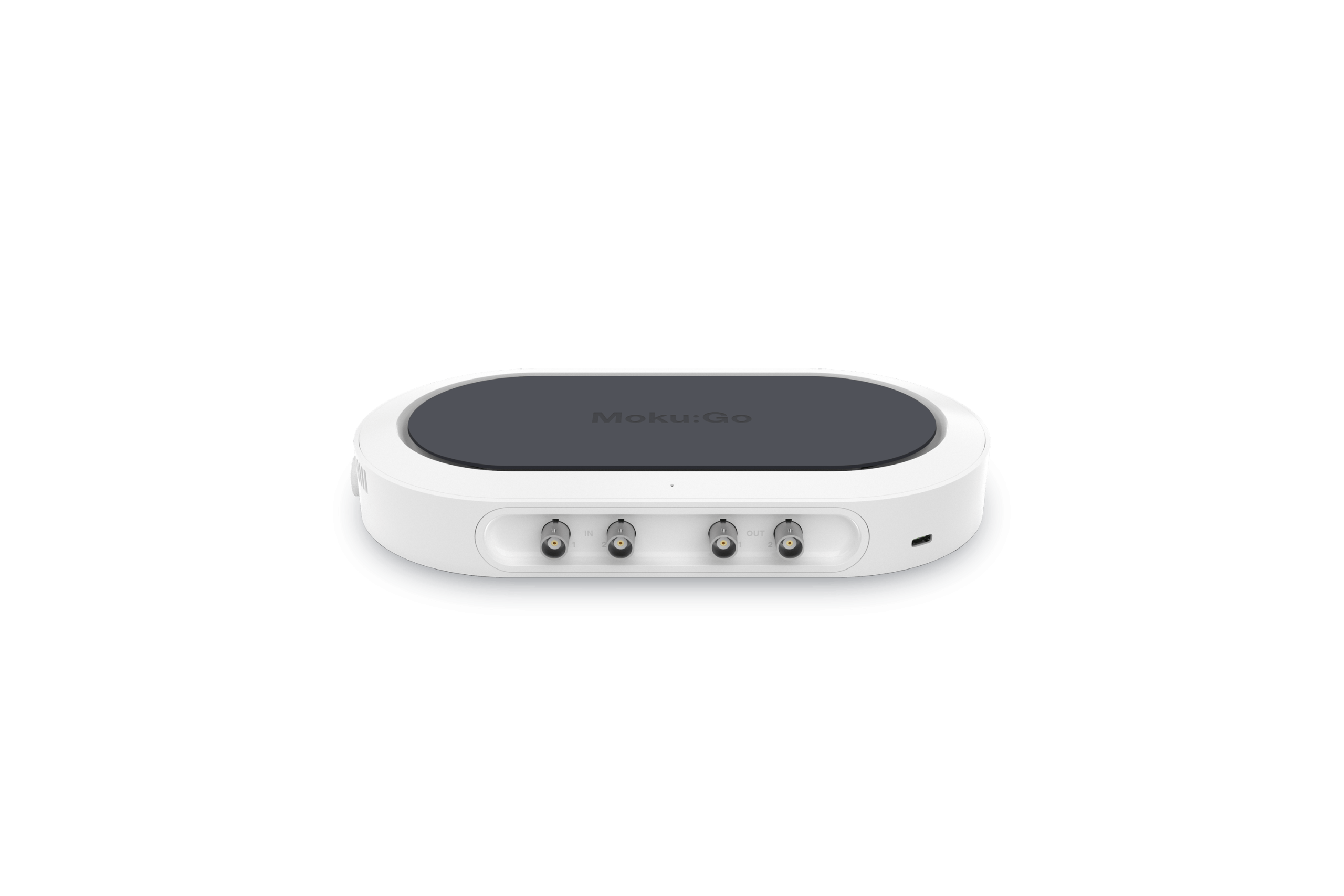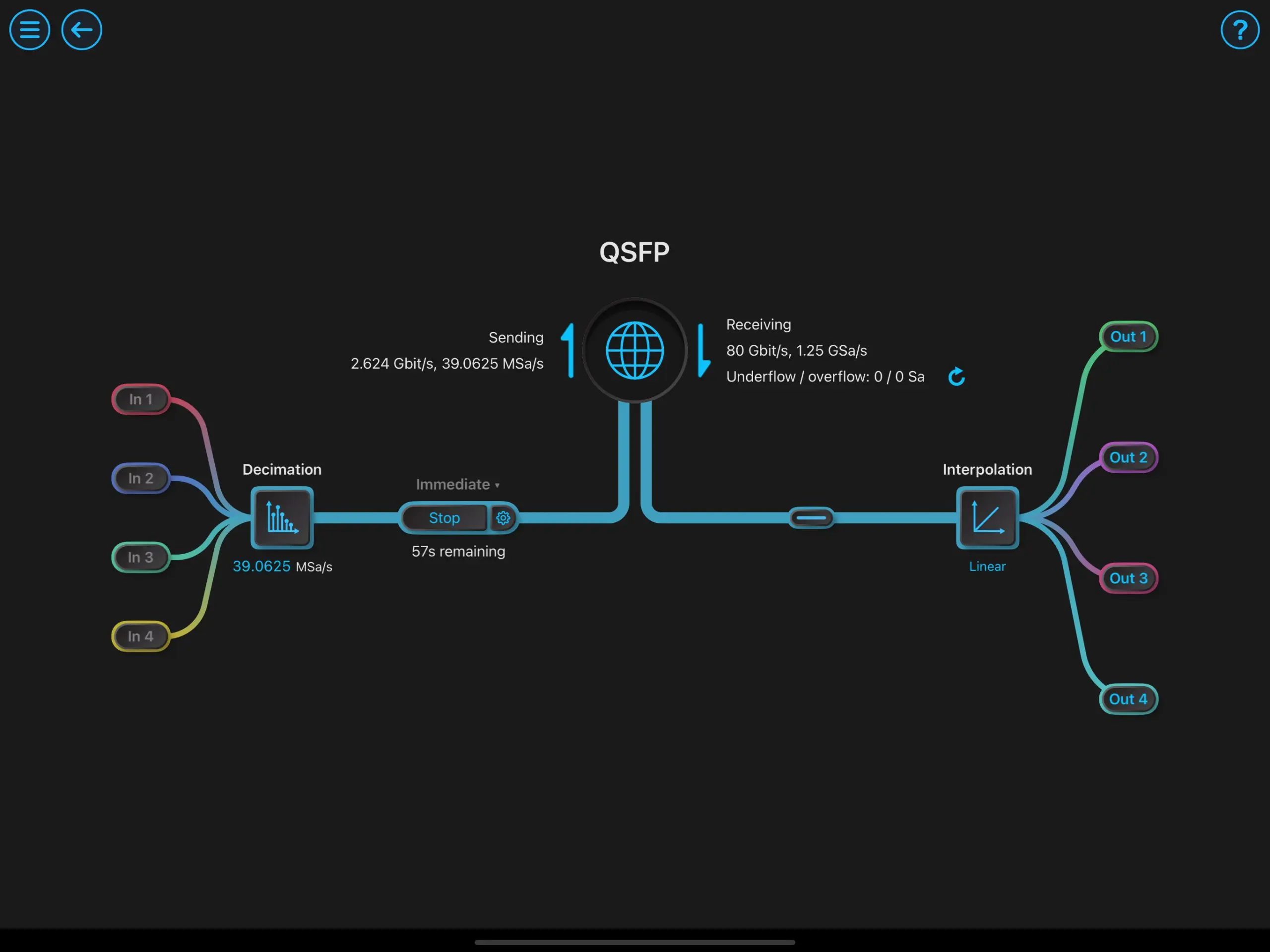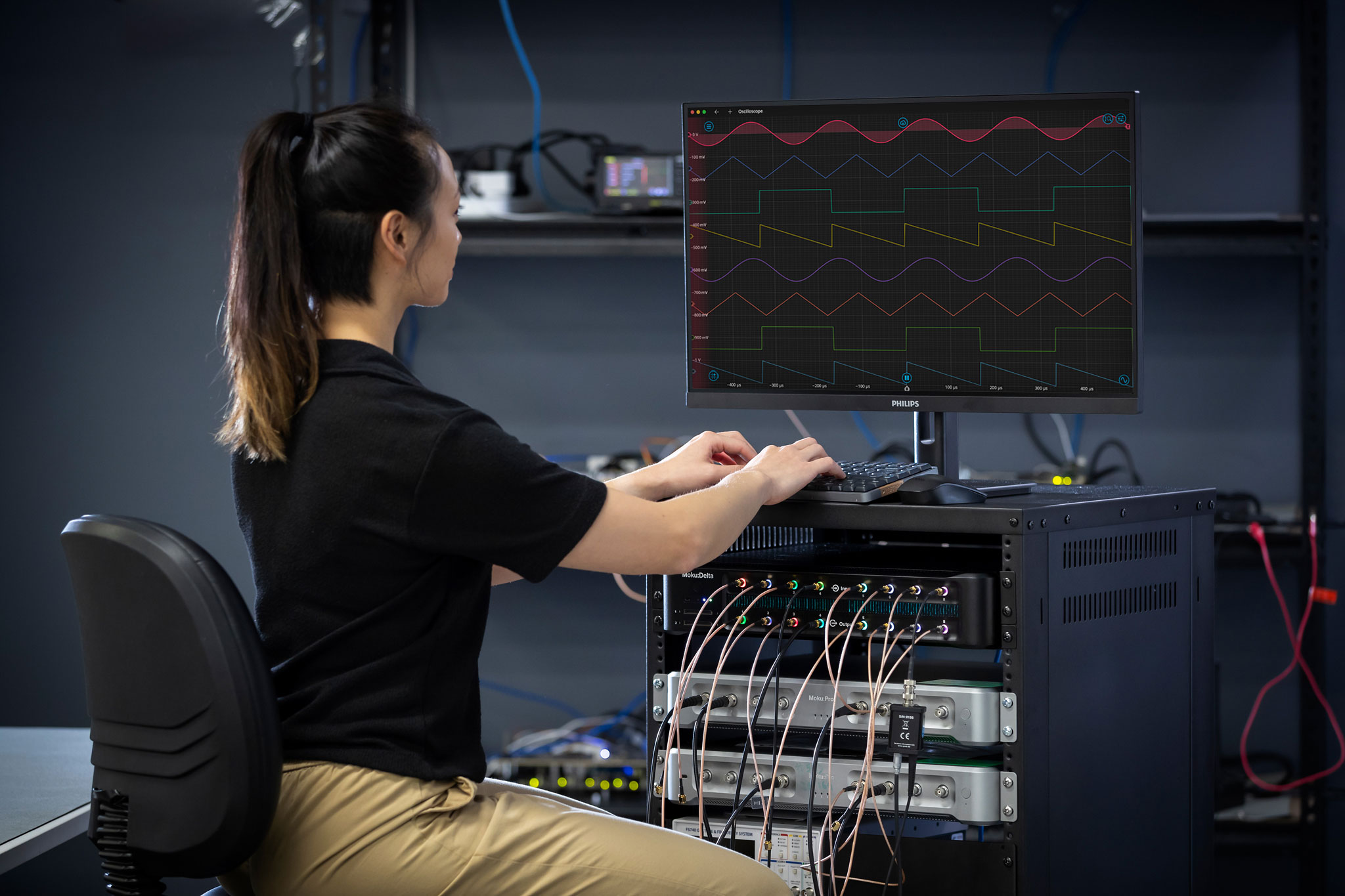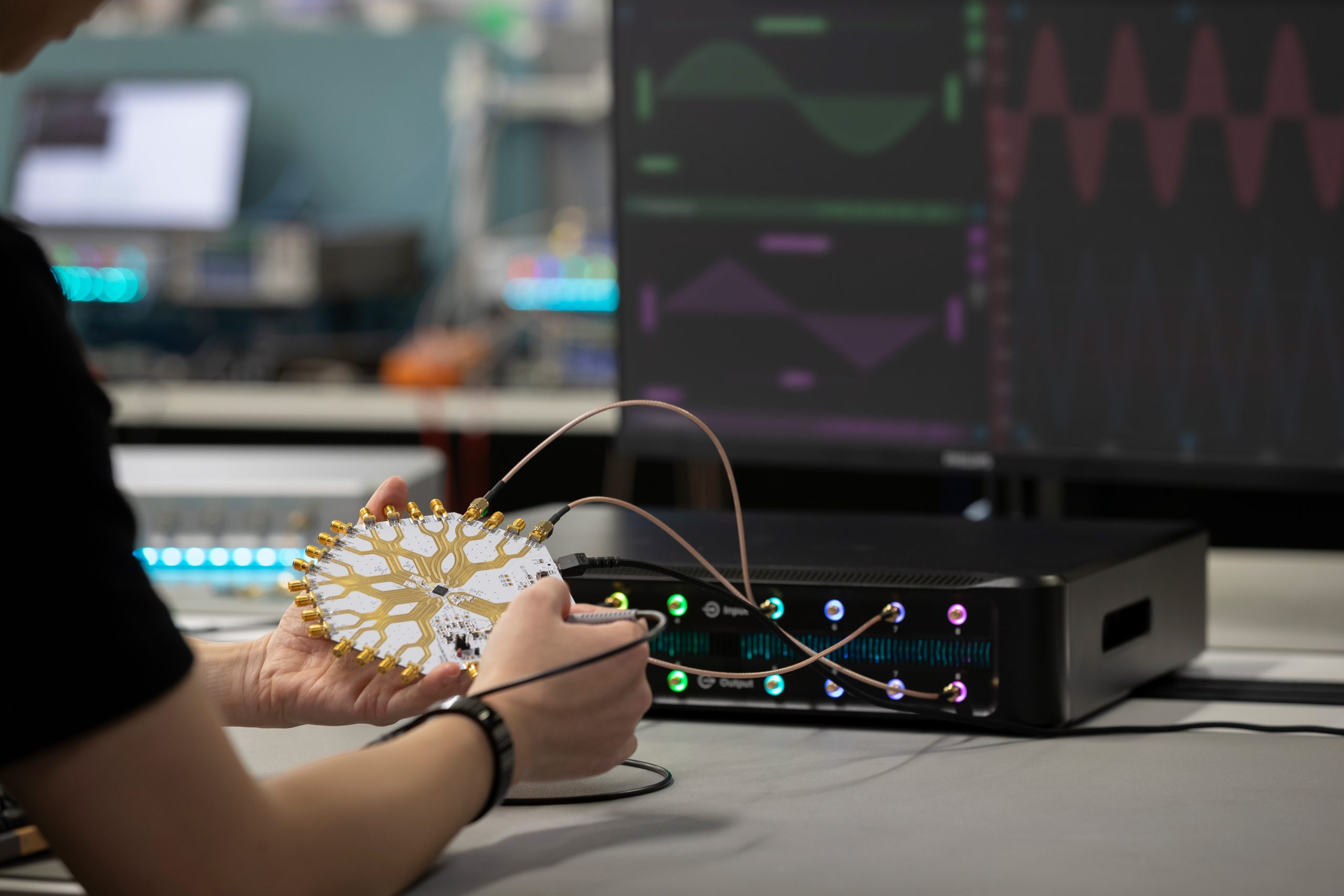The quantum properties of atomic systems can increase precision in the measurement of physical phenomena when compared to classical techniques. These active areas of research are known as quantum metrology or quantum sensing. Specific applications include optical atomic clocks for improved frequency standards, magnetometers for biomedical and geological applications, and gravitational sensors for navigation in GPS-denied environments. While promising, these technologies present significant challenges in their implementation. Some of these can be overcome with improved hardware, through increased time resolution, reduced jitter, and active feedback mechanisms.
Quantum metrology vs. quantum sensing
While similar in scope, quantum metrology and quantum sensing have some subtle distinctions. Quantum metrology focuses on enhanced precision in measurements like time and frequency, often using quantum effects such as entanglement and squeezing. Quantum sensing, by contrast, refers to the detection of weak signals, such as electromagnetic and gravitational fields, with atomic-scale sensitivity. The two fields are deeply intertwined; they often use similar techniques, and good sensors are precise metrological devices as well. Read on to explore some specific sensing and metrology techniques.
Light-atom interactions for quantum sensing
The basic requirements for a quantum sensor are that the system in question have discrete, resolvable energy levels, that the state of the system can be manipulated while preserving its quantum information, and that the state can also be “read out,” or measured [1]. Atomic systems, such as trapped-ion and neutral-atom arrays (sometimes interchangeably called “cold atoms”), are ideal quantum sensors due to their well-understood energy level structure and long coherence times, which increase the possible achievable precision.
Sensors are often designed to probe one particular physical quantity. One such application, magnetometry, involves the sensitive detection of the strength and gradient of a magnetic field. Cold-atom clouds are particularly suited for this application, as they have strong responses to applied magnetic fields through the Zeeman effect.Trapped ions, by contrast, are generally more suited for electric field and force measurements. Making use of the Stark effect (similar to the Zeeman effect but with electric fields), ion sensors can measure the force of gravity on a single atom [2]. Gravitational sensors using cold atoms can measure small changes in acceleration due to gravity through atom interferometry. Using carefully timed laser pulses, groups of cold atoms can be directed along different trajectories, with one path accumulating extra phase due to gravity. Lastly, optical atomic clocks have the potential to serve as absolute frequency reference, making use of ultra-stable “clock” transitions within certain species of atoms.
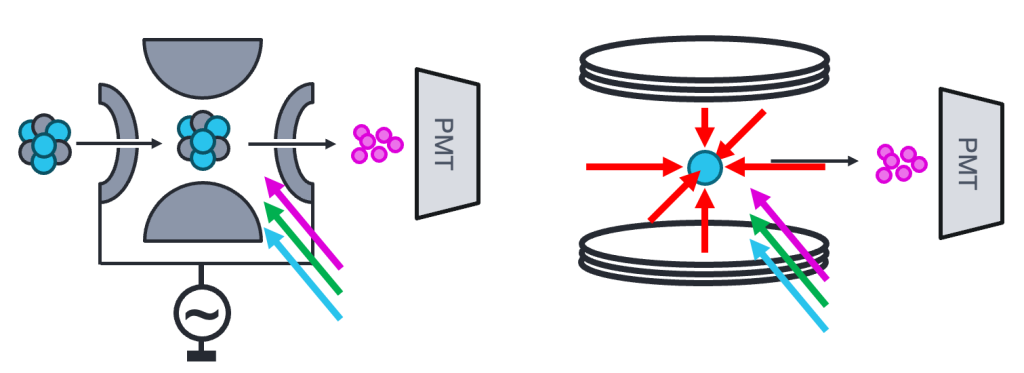
Figure 1: Atomic qubit systems. Left: ions are injected into an RF trap, where they are cooled, probed, and read out by different laser frequencies (blue, green, and purple arrows). The fluorescence signal is collected by a photomultiplier tube (PMT). Right: Neutral atoms are confined in a magneto-optical trap (MOT) after cooling by a combination of a quadrupole magnetic field and opposing laser beams. A probe signal manipulates the state of the atom before readout.
While some applications will have a preference for one or the other, there are some similarities in how these atomic systems are manipulated. Firstly, both ions and neutral atoms must be cooled so that they can be “trapped” by an RF field or magneto-optical trap, as shown in Figure 1. This process involves injecting the atoms into a vacuum chamber and making use of processes called Doppler and sideband cooling, leading to a net energy loss and reduction of thermal noise.
Once cooled, both types of atomic qubits are manipulated and read out using precisely timed laser pulses, usually called probes. Two energy levels, depending on the species of atom, are selected as the classical “0” and “1” states. When applying a laser that is resonant with this transition energy, the atom will oscillate between quantum states. Standardized pulse sequences, such as Rabi, Ramsey, and CPMG sequences, seen in Figure 2, provide a way to quantify how well a qubit behaves. The final states of the atomic qubits are typically read out using photon-counting fluorescence measurement, with the flux rate dependent on the state of the qubit. These fluorescent photons are captured by a single-photon detector (SPD), or a CCD camera in the case of a large array.
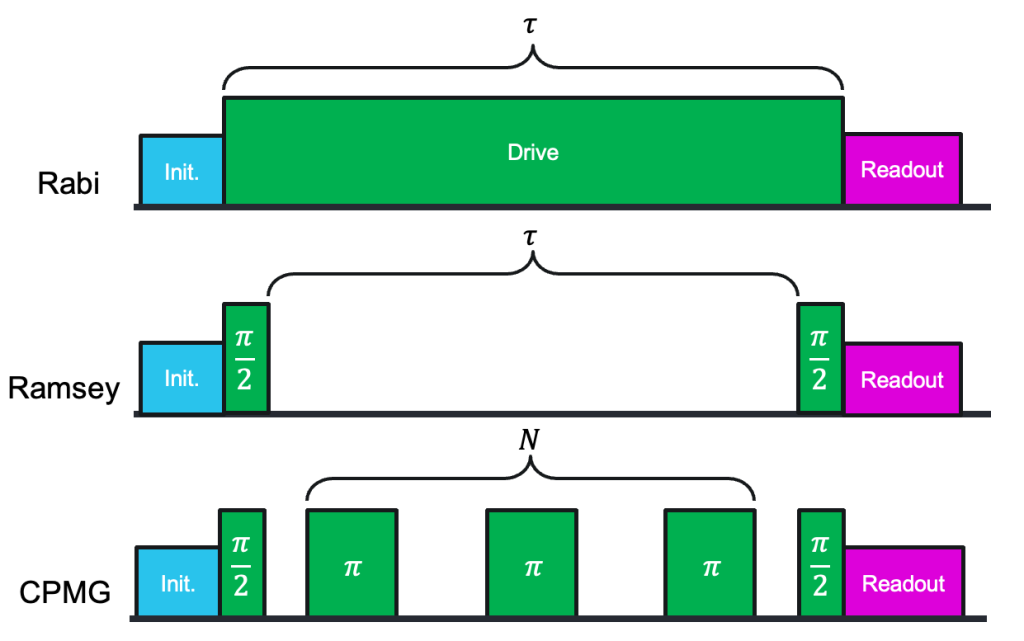
Figure 2: Example pulse sequences. Sequences always begin and end with initialization and readout, respectively. Different sequences of laser drive pulses allow for the determination of properties such as the dephasing and coherence times.
Challenges in implementing quantum sensing
One of the most common challenges of optical quantum sensing is laser stabilization. While lasers are often perceived as stable, monochromatic sources, in reality they suffer from frequency drift and noise broadening. Frequency drift, in particular, causes detuning from atomic transitions, leading to off-resonant driving and probing. Environmental noise, such as temperature and mechanical vibrations, can also introduce instability. These issues with laser stability can be fixed by locking the laser to an external reference, such as a high-finesse cavity or frequency comb.
Other issues lie in the timing and synchronization of pulse sequences. Maintaining deterministic time between the sequences of laser pulses is critical; any jitter in will degrade coherence in Ramsey or Rabi experiments. This is further compounded when working with multiple devices. Asynchronous triggers between control hardware (lasers, arbitrary waveform generators, detectors) lead to unreliable results or missed events. Phase drift in physical delay lines or reference clocks also introduces systematic errors. It is therefore important that any control hardware have low and deterministic jitter, as well as be properly calibrated and synchronized.
Obtaining clean results from a noisy environment is also challenging. As mentioned previously, environmental EM field noise, laser intensity fluctuations, and photon shot noise can obscure signals beneath the noise floor. Drift and noise can also mask small frequency or phase shifts. Low signal-to-noise ratio (SNR) can also be a challenge, especially in low-count-rate systems, such as single ions.
Building blocks of quantum sensing experiments
There are many different physical systems that can act as quantum sensors. Although the exact requirements for hardware varies among these systems, many instruments have become standardized within quantum information science. With careful choice of hardware, such as software-defined instrumentation implemented on an FPGA, researchers use fully digital signals and a shared deterministic clock to mitigate issues with signal stability and precision. Many standardized instruments can be deployed this way, including:
Waveform Generator. These devices synthesize and output repeatable patterns, such as sine waves and square pulses, and often can amplitude- and phase-modulate these signals. Importantly, the multiple outputs of a waveform generator are synchronized to a common clock, meaning that users can create deterministically timed sequences. Using a waveform generator alongside acousto-optic or electro-optic modulators (AOM/EOM) allows one to gate and modulate laser beams, critical for implementing all stages of the quantum sensing sequence.
Lock-in Amplifier. One of two common ways of detecting optical signals, lock-in amplifiers are often used to extract low-power signals from a noisy background. These instruments accomplish this by demodulating the input at a given frequency, isolating this component from the background noise. This can be a beat note between two lasers in an interferometer, or a modulation frequency introduced earlier through a waveform generator. Ideally, the lock-in amplifier and waveform generator share the same system clock for maximum signal fidelity.
Time & Frequency Analyzer. These instruments go by various names, but the common function is that they timestamp and count “events,” represented by rising and falling voltage levels. They are often used in conjunction with single-photon detectors, which directly convert incident photons into electrical pulses. These pulses then pass to the instrument for cataloguing and analysis. This approach allows researchers to directly measure the temporal behavior of their atomic system, using fluorescence to measure micromotion and quantum state information.
Laser Lock Box. This term refers to the feedback systems that keep lasers phase- and frequency-stable. These systems monitor an “error” signal, typically the deviation of a laser’s frequency relative to a reference cavity or frequency comb, as seen in Fig. 3. The error signal then drives one or more PID controllers that serve to correct the laser’s frequency over both fast and slow time scales. Keeping the laser tightly locked to a reference greatly assists with stability, for more efficient cooling and qubit manipulation.
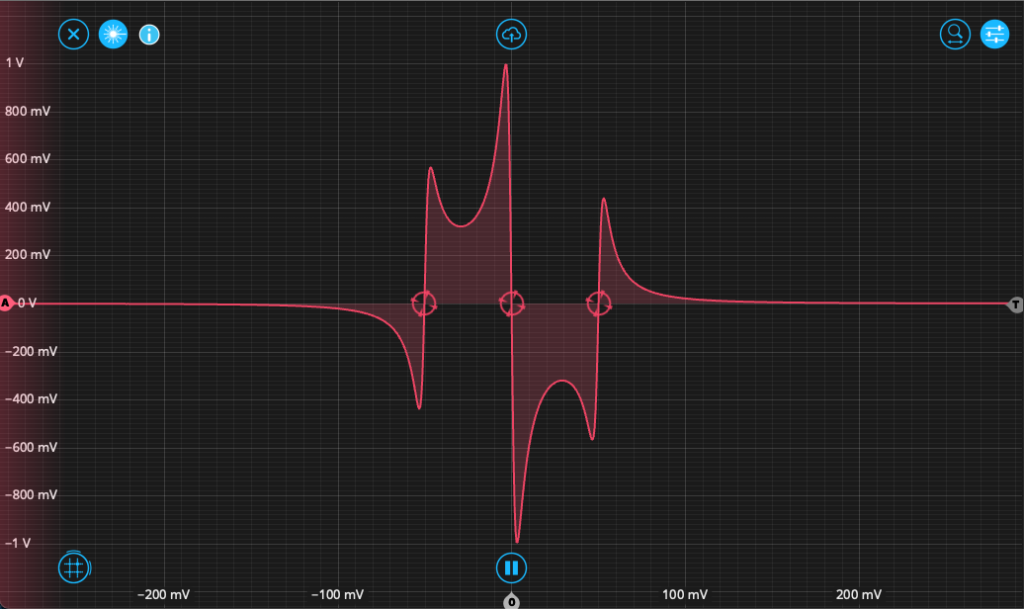
Figure 3: An example of an error function, as captured by an oscilloscope. The three zero crossings represent the carrier frequency as well as the upper and lower sidebands introduced by modulation. Any crossing can be chosen for locking.
Future perspectives for quantum sensing
Quantum sensing and metrology experiments continue to progress, leading to increased precision in timekeeping and magnetic field measurement. To keep the field moving forward, precise and versatile test and measurement equipment must evolve with it.
To learn more about how Moku software-defined instrumentation is driving the development of quantum sensing experiments, check out these case studies:
Accelerating multiparameter estimation in quantum optics. Learn how quantum metrology researchers are approaching the limit of precision with software-defined instrumentation.
Measuring micromotion of trapped ions. Learn how optical atomic clock researchers are improving ion trap stability by detecting and compensating for excess micromotion.
References
[1] C. L. Degen, F. Reinhard, and P. Cappellaro, “Quantum sensing,” Reviews of Modern Physics, vol. 89, no. 3, Jul. 2017, doi: https://doi.org/10.1103/revmodphys.89.035002.
[2] M. J. Biercuk, H. Uys, J. W. Britton, A. P. VanDevender, and J. J. Bollinger, “Ultrasensitive detection of force and displacement using trapped ions,” Nature Nanotechnology, vol. 5, no. 9, pp. 646–650, Aug. 2010, doi: https://doi.org/10.1038/nnano.2010.165.
